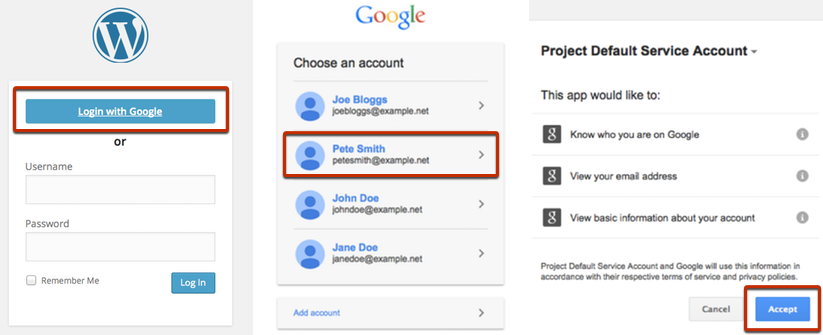This is the fifth part in our blog series talking you through setting up a typical corporate intranet using WordPress. See earlier parts: 1 – Introduction, 2 – Privacy, 3 – Accessibility, or 4 – User Management if you missed them.
In this article we will point you in the direction of a few plugins to add further functionality to your intranet. We won’t go into detail, but suggest some things to try out – you will have a better idea how you want your intranet to actually be used, so do some experimenting to see what can be achieved!
BuddyPress
This incredibly popular plugin (nearly 2 million downloads from the WordPress plugins site alone) adds ‘social network’ functionality to your WordPress site. It also acts as a platform, with well over 300 other plugins extending BuddyPress’ own functionality.
Be aware that it is not specifically designed for intranets only – it’s about building a community on any site. But used in the right way, it can bring collaborative functionality to your intranet.
BuddyPress is almost like a mini version of the WordPress community in its own right. See their website here, or install straight into WordPress by searing for ‘BuddyPress’ in the Plugins page of your WordPress admin panel.
Available extension plugins include BuddyPress Docs to add collaborative work spaces to your BuddyPress community. Part wiki, part document editing, part shared dropbox, think of these Docs as a BuddyPress version of [Google Docs].
Also consider that BuddyPress is fairly heavyweight. You might need a specialist theme, and/or custom development in order to accommodate it correctly.
Resource Management
Try out Events Manager to ensure employees are aware of gatherings, or Booking Calendar to manage resources such as meeting rooms.
CollabPress
The CollabPress plugin brings “project management and task tracking” functionality to WordPress.
Google Drive Embedder
Our own Google Drive Embedder plugin is popular for intranets. It gives authors easy access to their Google Drive in a popup box, where they can select documents to embed directly into their post or page. Just as easily as picking a photo from the WordPress media gallery.
It extends our Google Apps Login plugin, meaning that if you already login using Google, no extra authentication or configuration is required to start embedding (or linking) Google Drive documents for your colleagues.
Backup Plugins
Don’t forget to set up a reliable backup process for your intranet site. Remember that both files and MySQL databases need to be backed up.
A popular and flexible plugin is UpdraftPlus, allowing backups to be uploaded to a range to locations such as Dropbox, Google Drive, Amazon S3, FTP, etc…
A paid-for service called VaultPress, backing up to their own ‘cloud’, is run by Automattic (the company behind WordPress).
We have also had great results with the more narrowly-targeted WordPress Backup to Dropbox plugin.
Hide Admin Bar
It sounds like a tiny point, but if your intranet functionality (collaboration plugins etc) is all contained within the ‘public-facing’ parts of your site (albeit restricted to your employees only), then you don’t really need your employees to access their WordPress admin panel. Maybe you don’t even need them to create their own posts and pages. The Hide Admin Bar plugin will allow you to hide the admin bar, found at the top of all pages, for all users. Note that individual users can turn this off for themselves without the plugin.
Next time…
If you are not using Google Apps then you really have completed our course! Otherwise, you may enjoy our final bonus part where we will tell you a little bit more about our Google Apps Login platform, including its extensible platform. Just as we built our own Google Drive Embedder plugin to extend the ‘Google’ functionality of the Login plugin, you can also tap into this yourself if you are a developer looking to extend your site using Google’s APIs.
The next article is now available here: Part 6 – Extending for Google Apps
Update
Since writing this intranet guide, we received a lot of feedback asking if there was a simpler way to turn WordPress into a typical corporate intranet instead of having to cherry-pick features from a series of free plugins. So we released our own All-In-One Intranet plugin to cover the core requirements – privacy, user management, etc. If you want to cut to the chase and set up your intranet quickly and easily, backed by expert support from ourselves, see more details and purchase here: All-In-One Intranet product page.
